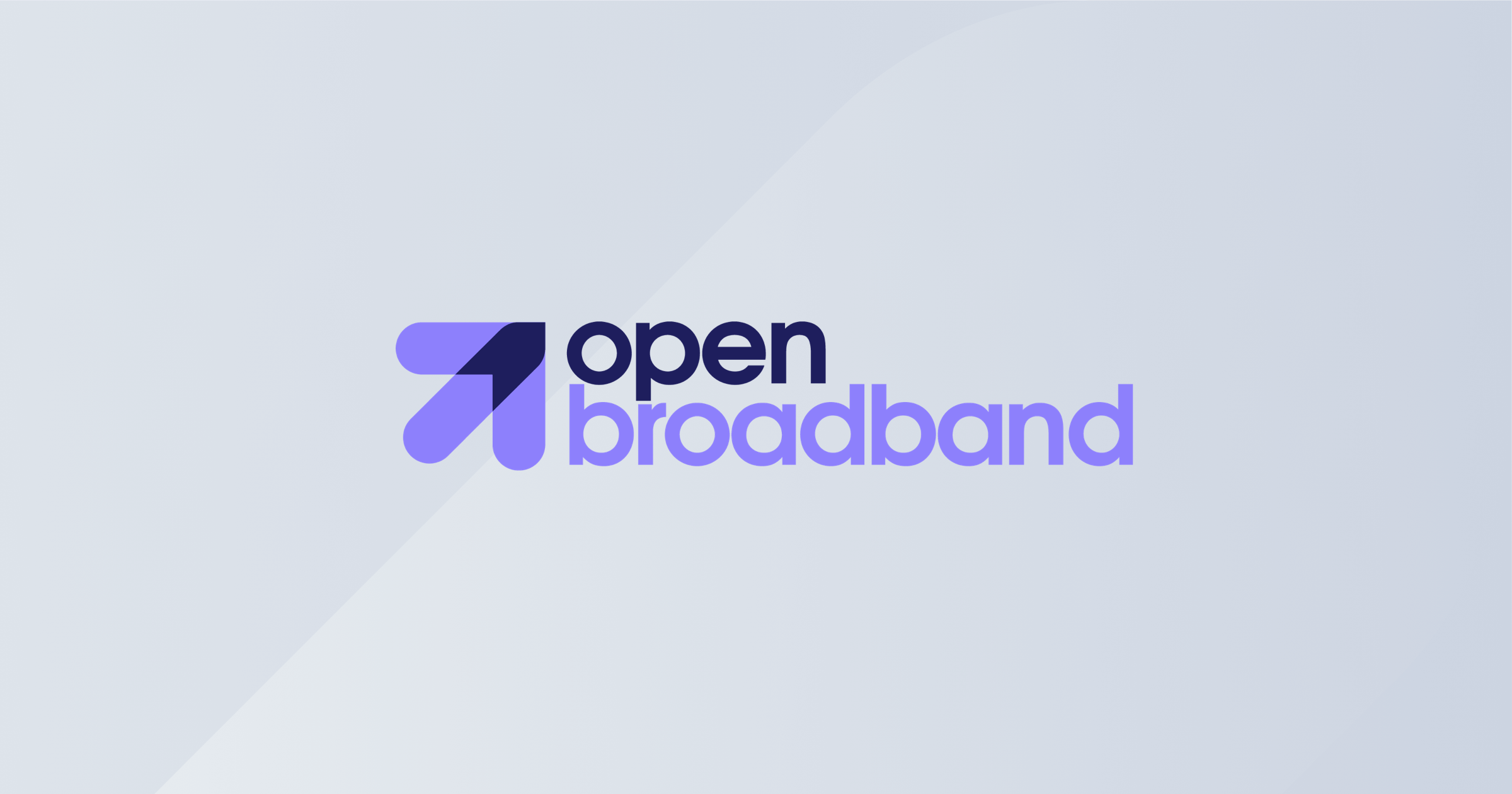Hagen Woesner, CEO at BISDN and OB-STEER project lead
 The needs of the average broadband user have changed over the past decade or so. This is without doubt due to the notion that our homes and businesses are getting smarter. The volume of interactive applications and services available to users at the click of a button have grown enormously, as to have their expectations.
The needs of the average broadband user have changed over the past decade or so. This is without doubt due to the notion that our homes and businesses are getting smarter. The volume of interactive applications and services available to users at the click of a button have grown enormously, as to have their expectations.
With fast speeds no longer the universal marker of success or a key differentiator offered to users, broadband companies and standards development organizations have long been pioneering the need for an improved broadband experience.
In both smart home or business settings, where multiple occupants have varying needs, any customer frustration is keenly felt. While it might previously not have been given much thought, any hint of delay or buffer from a video stream, work call, or IoT device can spell disaster in the stakes of customer retention and churn.
There is a clear appetite for on-demand, flexible connectivity from the modern broadband user and efforts are already underway to deliver on that objective.
Preserving the user experience
The importance of low latency communications has only heightened in recent years. Broadband Forum has long recognized that the user experience should be the key consideration for any new piece of work or project starting.
Broadband Forum’s upcoming technical report, WT-474, delivers Subscriber Session Steering that allows broadband service providers (BSPs) to reconfigure a broadband connection to meet the specific needs of the broadband application in use. For example, if the network is not meeting the quality or latency a household needs for gaming or video streaming, the traffic flow can be moved in real-time to a different path.
Detecting traffic changes, the user’s broadband experience is preserved thanks to flexible on-demand connectivity. The specification delivers a load balancing and service selection capability to help BSPs make their networks more efficient. The steering of traffic to individual Broadband Network Gateways (BNGs) allows for predictive maintenance of BNGs and energy savings by turning off unused network resources, all without interrupting the ongoing user session.
Another important feature of WT-474 is the ability to dynamically move entire groups of users across the network. This is based on traffic load, different service requirements, and network availability. In turn, the specification is an important tool for wholesale and open access networks as a BSP’s customers can be moved to a different part of a wholesale operator’s network.
Piecing the puzzle together
Open standards lay down a uniform set of rules for greater interoperability, helping to align the industry on common architecture and future migration approaches. Together, open standards – that are continually refined and updated – and open source software is a potent combination.
Broadband Forum’s open broadband projects provide open source reference implementations for how BBF specifications should be integrated for real-world deployments. An open broadband code base can be integrated by vendors for their devices and software developers can use this as a basis for their own implementations. Those involved with the development, can access the tested and continually updated code as the implementation matures.
Meet OB-STEER
The newly created Open Broadband – Subscriber Session Steering (OB-STEER) project provides greater efficiencies for automation and traffic optimization within the network to help preserve the end-user’s experience. Building on WT-474, OB-STEER is creating a reference implementation of the Subscriber Session Steering architecture to deliver flexible, on-demand connectivity and simplify network management.
Interoperability of Subscriber Session Steering is of utmost importance as it will be implemented in access network equipment of various vendors. OB-STEER aims to reach out to device vendors to agree on compatible implementation options.
The participation agreement for joining this project is at this link. If you have any questions about the project, please contact [email protected]
